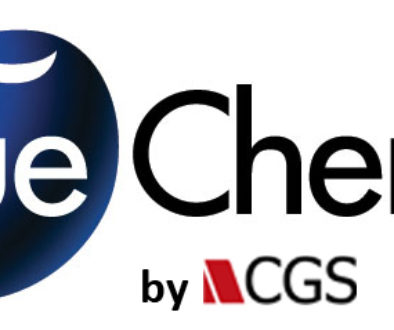SEO for Infographics

Jill Kocher recently authored an eye-opening post for Practical Ecommerce on the SEO benefits of infographics—best practices, things to consider, and well-reasoned justifications for incorporating visual design elements. Here’s our take on her major points.
“Traditional wisdom” holds that image-heavy posts, and infographics in particular, can be detrimental to SEO because there’s not enough text for search engines to crawl and consequently rank. Humans being visual creatures, it’s quite tempting to convey your message visually. There’s concrete representation, memorability, immediacy, and even entertainment value.
Is all hope for SEO-friendly infographics lost, then? Of course not! First things first, though: you’ve got to build a strong foundation before you can optimize.
All about the Data
Don’t even think about using an infographic without a compelling data set to back it up. It’s what they’re designed for—communicating fascinating data in a singular format. Given that all serious businesses collect data, your task should be to deliver information that straddles a fine line, being (a) confidential enough that it isn’t common knowledge, yet (b) safe to distribute without negative repercussions.
Ms. Kocher gives two fine examples. With holiday sales trends, you could compare your company’s data with that aggregated by major research houses like Forrester, comScore, or Nielsen. That’s a great way to remain relevant while disclosing a unique perspective. Or take mobile phone sales—in an atmosphere of declining numbers, you might have an infographic-worthy edge if your company is one of the few experiencing growth. It’s about quantifying the data, getting as close to the why as possible by highlighting predictive habits or anomalies. Keep in mind, you don’t always have to repackage others’ data. Your own surveys and feedback could be a goldmine for a beautiful infographic.
A Visual Art
What else defines success in visual data? Design! Avoid boring, done-before presentation (nix Excel and Powerpoint); respect simplicity and economy (don’t crowd your data, be easy on the eye, consider how a stranger might interpret your conclusions). This is important: if you don’t have in-house design credentials, don’t try to pass it off as if you do. You will fail. Take the time to find a design agency that meets your needs. There are even agencies specializing in infographics!
Realize that a static image is just one type of infographic. With Flash and HTML5, the possibilities dramatically expand: clickable infographics, animation, you name it. This can be a great way to cram in more info without taxing design space or page real estate. It’s also new enough to go relatively viral on social media. The line is blurred between infographics and explanatory animations at this point, sure, but that’s no reason not to explore some exciting new territory. This shows trustworthiness and an ability to think creatively at the big-picture level.
Optimization Strategies
Once you’re settled on viable content and presentation, you can move on to SEO for infographics. Generally, the best practice is to post infographics on the same domain as your e-commerce site; a blog or content area would do nicely. The reason? This allows the link juice from visitors and shares to benefit the whole domain, which in turn authenticates the content itself in the eyes of search engines. Because they hoard link juice in one area of your site, infographic microsites aren’t encouraged unless you truly value views on the infographics more than the rest of your site.
You’ll also need to contextualize the infographic with some descriptive text. Here, you can certainly optimize for desired keywords. Be careful, though, because optimizing for the same keywords as the rest of your site will set up a contest between your site’s content and infographics, ultimately hurting both. Be prudent and deliberate with your infographic keyword choices; feel free to link to relevant products or services on your website, but know that users sour quickly when they catch a whiff of commercialism. Of course, with product-specific infographics, it’s best to feature them on the product page to attract traffic.
Marketing Efforts and Warnings
Promotion comes next. You can combine efforts between press relations, email marketing, social media marketing, blogger outreach, and any other channels to get the biggest bang for your buck here. Nothing kills an infographic faster than a lack of support. Your attitude should be that you now have an asset on your hands that could be of major interest to outside parties. Reach out within your niche to popular blogs and media outlets; this creates a mutually beneficial relationship wherein they get instant content and you get potential customers. Be savvy!
Also, beware. By now, underhanded SEO tricks abound. Always ahead of the curve, Google is fine-tuning an algorithm to detect and penalize these practices. Avoid the following tactics:
• Bait-and-switch links—using the impulse to click on an image as a way to redirect visitors to an unrelated site.
• Embedded links within the infographic. This isn’t necessarily scammy, but it’s often employed by scammers.
• Embed code containing a static HTML link with heavily optimized anchor text to an unrelated site. Embed code can be a good idea, but it’s become a hit with scammers.
Wrapping Up
And there you have it! Kocher really did a fantastic job laying out the basics of SEO for infographics. We’ve been calling attention to quite a few striking infographics lately. Need an example or three? Try our posts on Conversion Rate Optimization, Black Friday Sales, and APIs.


